6 Courses
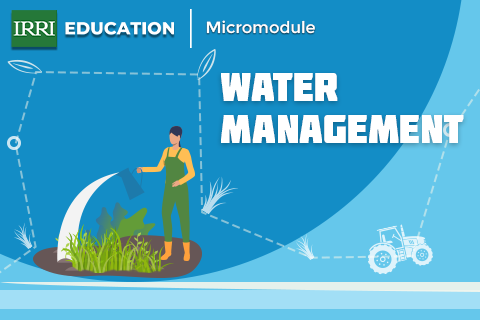
Water Management
Water Management Micromodule
Learn how to build prototypes in Sketch. Find out how to prototype an image carousel for a website or mobile app, with these Sketch prototyping tips.
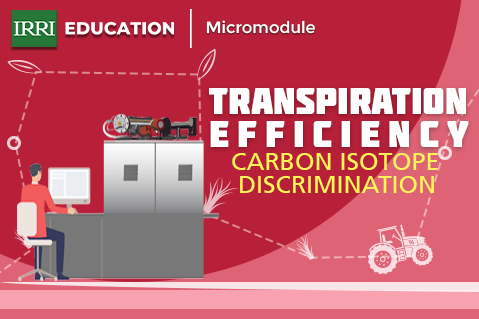
Water Management
Transpiration Efficiency (Carbon Isotope Discrimination)
Transpiration Efficiency is the amount of water transpired by the plant per unit of carbon assimilated. It is an evapotranspiration component that is controlled by the plant and contributes to crop water consumption at the field level.
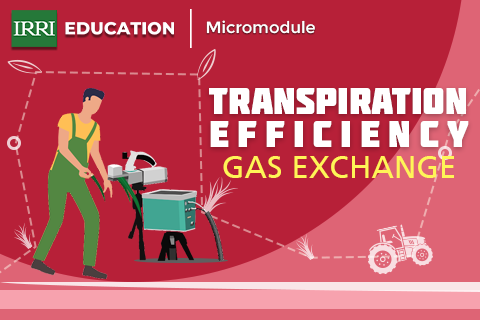
Water Management
Transpiration Efficiency (Gas Exchange)
Transpiration Efficiency is the amount of water transpired by the plant per unit of carbon assimilated. It is an evapotranspiration component controlled by the plant and contributes to crop water consumption at the field level.
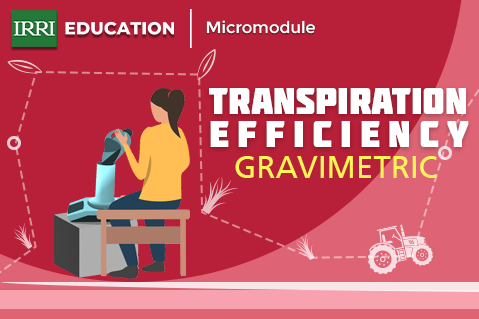
Water Management
Transpiration Efficiency (Gravimetric)
Transpiration Efficiency is the amount of water transpired by the plant per unit of carbon assimilated. It is an evapotranspiration component that is controlled by the plant and contributes to crop water consumption at the field level.
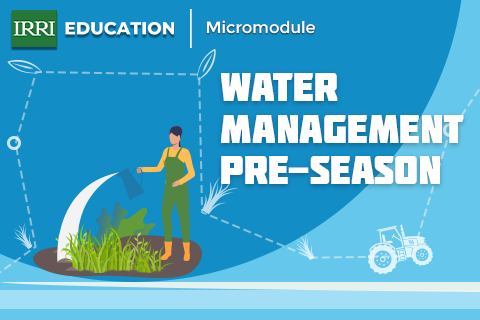
Water Management
Water Management: Pre-Season Micromodule
Water is a crucial component in agricultural productivity and contributes to food security. As the population increases, more food needs to be produced; thus, more water will be used. With the current practice, 35% of the water used in agriculture is for paddy production.
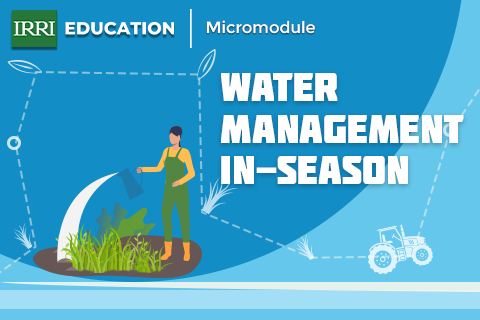
Water Management
In-season Water Management
Water is a crucial component in agricultural productivity and contributes to food security. As the population increases, more food needs to be produced; thus, more water will be used. With the current practice, 35% of the water used in agriculture is for paddy production.
